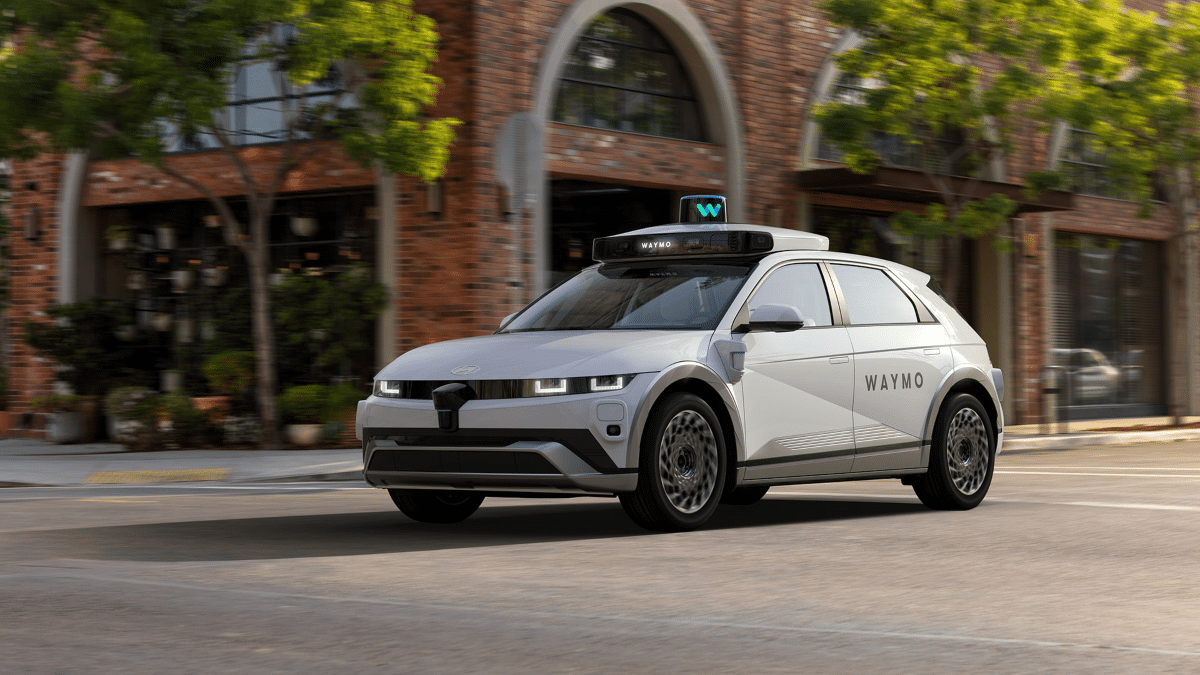Waymo is set to expand in Silicon Valley after the California Public Utilities Commission (CPUC) approved the Alphabet-backed company’s Passenger Safety Plan earlier this week. The competition in the US robotaxi industry is set to heat up as Tesla gears up for a launch of its robotaxi service in Austin next month.
Currently, Waymo operates commercial robotaxi services in Phoenix, San Francisco, and Los Angeles. In Austin, the company has partnered with Uber. On the other hand, Tesla is planning to launch its robotaxis in June on a small scale.
After the CPUC approval, Waymo can offer autonomous commercial ride-hailing service in the South Bay and almost all of San Jose. In its post on X, Waymo said, “While this won’t change our operations in the near term, we’re looking forward to bringing the benefits of Waymo One to more of the Bay Area in the future.”
We’re very excited to share that the CPUC has approved our application to operate our fully autonomous commercial ride-hailing service in the South Bay and nearly all of San Jose!
While this won’t change our operations in the near-term, we’re looking forward to bringing the…
— Waymo (@Waymo) May 19, 2025
Waymo Has Expanded Its Operations Significantly
Waymo has expanded its operations significantly in recent years, and during the Q1 2025 earnings call last month, Alphabet said that Waymo is offering around 250,000 rides weekly, which is up 5x from the last year. Recently, the company announced that it has hit the milestone of 10 million paid robotaxi trips.
While Waymo does not provide details surrounding its market share, Alex Immerman of A16z reportedly indicated that Waymo had a 22% market share of the San Francisco rideshare market in November 2024, similar to Lyft. Waymo has eaten into market share of Uber and Lyft in the region even as the two entrenched ride share companies have teamed up in a handful of key areas.
Waymo also plans to launch in Atlanta later in the summer and also announced intentions to start operations in Washington, D.C., and Miami in 2026. “Waymo continues progressing on two important capabilities for riders; airport access and freeway driving,” said Alphabet during the earnings call.
Tesla Reiterates June Launch of Robotaxi
Tesla CEO Elon Musk has reiterated that the company is on track to begin its robotaxi service in Austin by the end of June. Musk has said the rides won’t have a safety driver but would be monitored remotely by Tesla employees.
However, reports suggest that all is not well with the launch. In its letter to Tesla earlier this month, the National Highway Traffic Safety Administration (NHTSA) asked the company about how the vehicles will perform in bad weather. The letter added, “The agency would like to gather additional information about Tesla’s development of technologies for use in ‘robotaxi’ vehicles to understand how Tesla plans to evaluate its vehicles and driving automation technologies for use on public roads.”
Notably, Musk has promised that Tesla will achieve full autonomy on multiple occasions over the last decade. However, the company’s software is still not fully autonomous, even though it markets it as “full self-driving” (FSD). The NHTSA is probing several instances of crashes where Tesla’s autonomous driving was allegedly engaged. Allegations that Tesla automatically turns off FSD right before crashes have only increased suspicions that it isn’t ready for the road.
But then, Waymo is also struggling in the court of public opinion. For example, in a widely circulated video, Waymo driverless cars were seen repeatedly honking in a San Francisco parking lot in the middle of the night.
While the repeated honking was a nuisance for those living around the parking lot, it also raises concerns about whether Waymo – or, for that matter, any other company can ever come up with a perfectly safe robotaxi. More recently, it recalled over 1,200 vehicles in the US after minor collisions.
Robotaxi Companies Are Posting Massive Losses
It remains to be seen how robotaxi players work out a sustainable business model. While Alphabet does not break down the losses for Waymo, it is part of its “Other Bets” segment, whose quarterly operating loss is in the ballpark of $1 billion. The perenial losses have prompted many players to exit the robotaxi market.
Last year, General Motors announced that it will exit the robotaxi business after ploughing billions of dollars into the cash guzzling business. In October 2022, Argo AI, an autonomous driving startup backed by Ford and Volkswagen shut down. Ford wrote off its investment in the company and took a non-cash charge of $2.7 billion.
During Alphabet’s Q1 earnings call, responding to a question about the long-term strategic vision for Waymo, CEO Sundar Pichai highlighted that the company would focus on partners to offer the service, referring to the partnership with Uber and Moove. He said that Waymo’s expansion will “require a successful ecosystem of partners, and we can’t possibly do it all ourselves.”
Pichai, however signaled a hybrid model of Waymo also owning some fleet. “There are future optionality around personal ownership as well,” said the Alphabet CEO during the earnings call.
Waymo Versus Tesla
Meanwhile, with Tesla set to launch in Austin, it would be a head-on fight with Waymo, as the company also offers its ride-hailing service in the city in partnership with Uber. While Waymo has been on the road for quite some time, Tesla has the advantage of having its fleet of cars along with autonomous software.
That said, the launch is coming at a time when Tesla and Musk are facing a lot of backlash over Musk’s political activities. The backlash has taken a toll on Tesla’s sales with deliveries falling YoY for the first time last year. It however remains to be seen if the company’s robotaxi service also grapples with the same backlash as Tesla cars.
